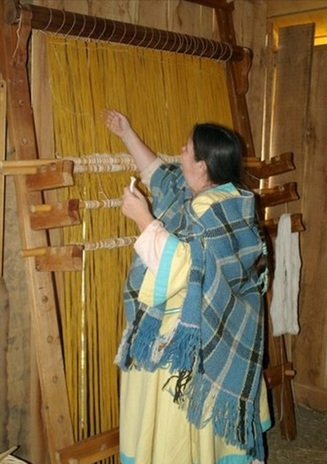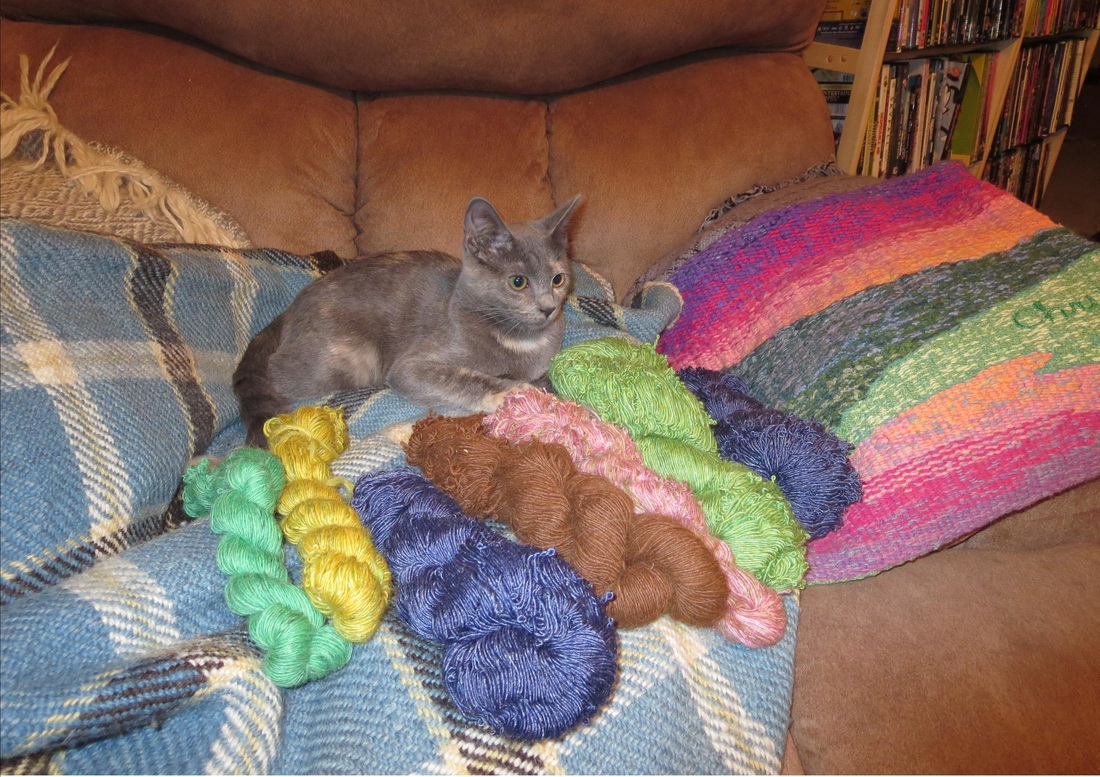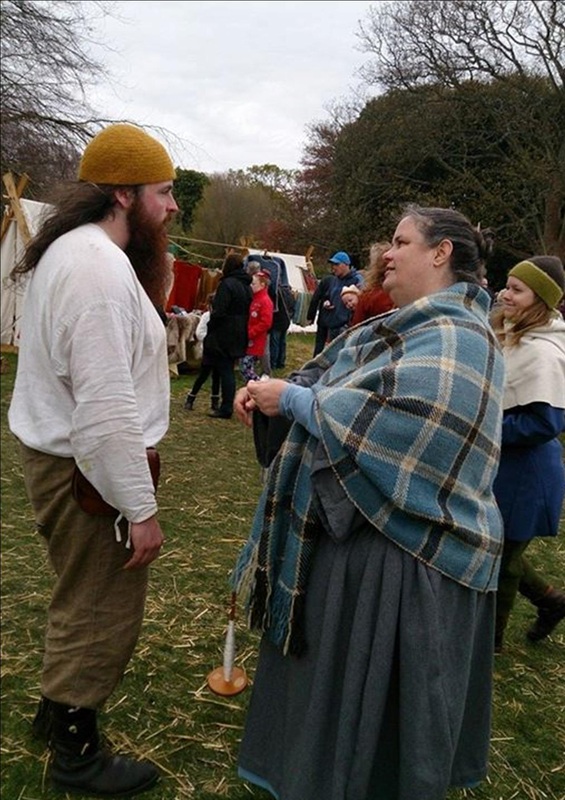9 Comments
25/4/2015 08:08:38 pm
I can attest that Chris is very approachable! I am taking my first graduate class, and Chris is in that class. She is beyond helpful. And so very talented.
Reply
Brian Kwan
9/12/2017 02:30:12 am
Hi
Reply
Chris (The Anglo-Saxon Monk)
9/12/2017 08:11:42 am
Hello Brian. I'll speak to a friend who collated medieval images of spindles and get back to you.
Reply
Chris (Anglo-Saxon Monk)
11/12/2017 09:50:22 am
I spoke to my friend. She told me that there are many pictures of distaffs being tucked into belts but she was unaware of spindles being tucked into belts. The Anglo-Saxon images of spindles which I can call to mind just show them being held in hand (e.g. Sarah in the Old English Illustrated Hexateuch). My friend gave me a list of images with distaffs tucked into belts. If you're still interested, let me know and I'll send you the references. To respond, use the 'contact me' link found under the 'more' tab.
Reply
16/9/2018 11:29:08 pm
The medieval era is surely one of the best in terms of creating art. The medieval era has produced a number of great people as well as great works of art. The medieval era was being the era of great architecture. Castles, walls and even buildings made during the medieval era had been just breath taking. For some reason, I always think of being a king whenever I see architectural works from the medieval era. It does make one feel like a noble.
Reply
hilatura y non woven
7/7/2022 09:11:06 pm
Las fibras textiles son el elemento fundamental de todo tejido: dan lugar al hilo que se utiliza para hacer telas que, a su vez, se pueden utilizar en diversos elementos, desde muebles hasta toda una colección de ropa.
Reply
Leave a Reply. |
Details
|




